Build a self-service digital assistant using Amazon Lex and Knowledge Bases for Amazon Bedrock
AWS Machine Learning - AI
JULY 1, 2024
Solution overview The solution uses Amazon Lex, Amazon Simple Storage Service (Amazon S3), and Amazon Bedrock in the following steps: Users interact with the chatbot through a prebuilt Amazon Lex web UI. The following diagram illustrates the solution architecture and workflow.

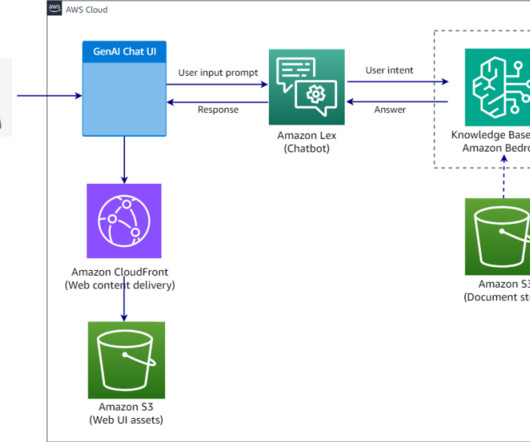
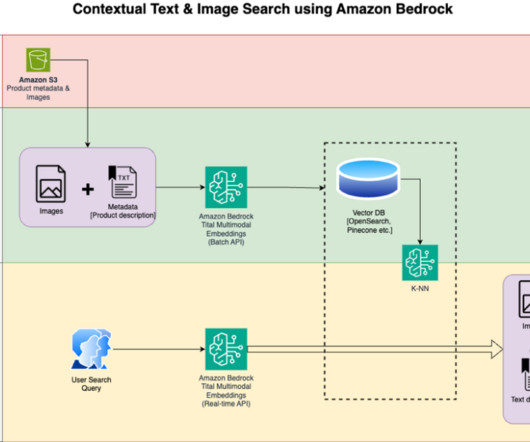




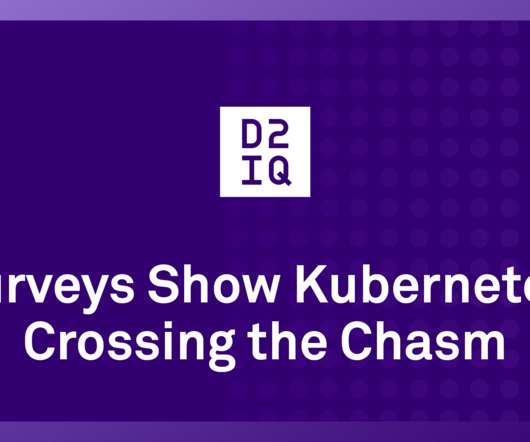

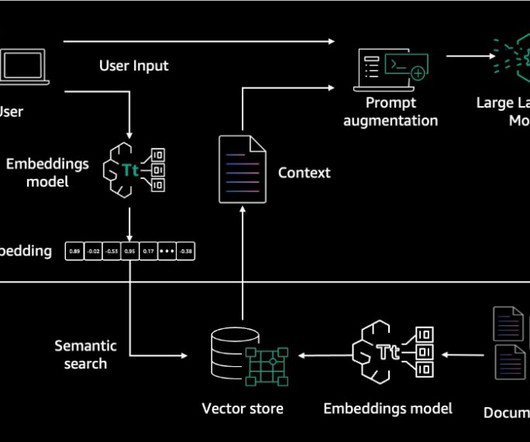

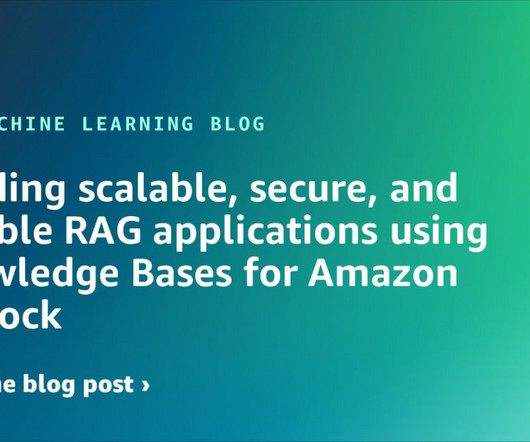
















Let's personalize your content